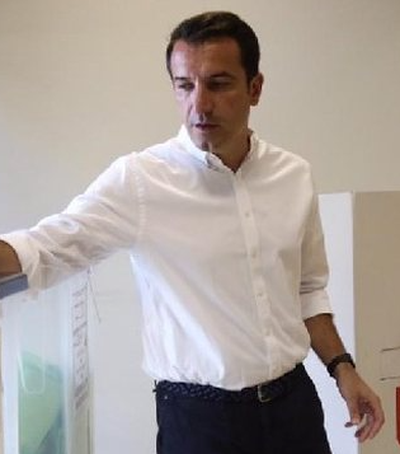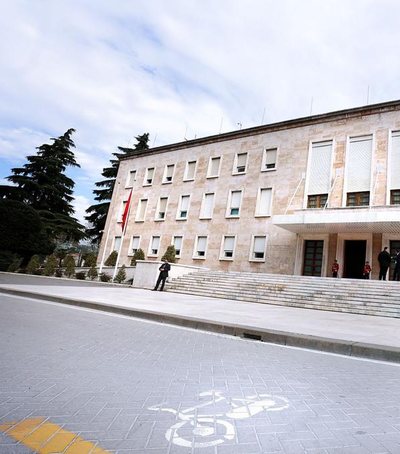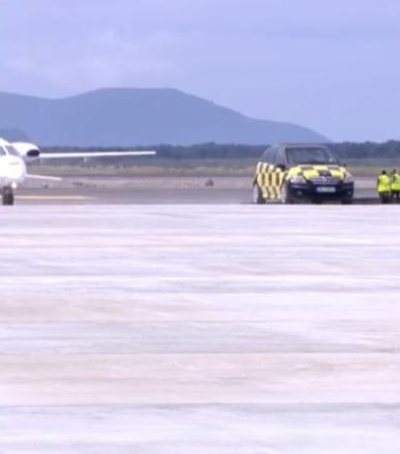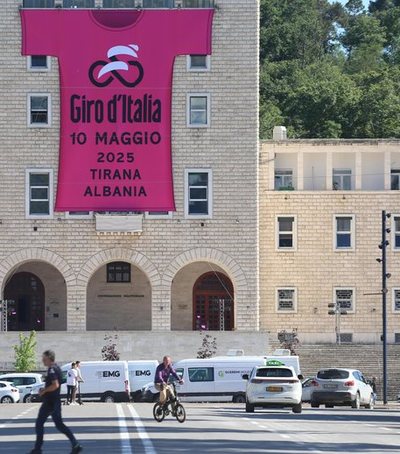
In the century we live in, travel is increasingly taking on the dimension of entertainment, more than a necessity to fulfill basic living needs.
Following this trend wealthy families spend on travel almost a tenth of their budget and much more than other sections of the population.
According to INSTAT data, households in the top 20 percent with the highest incomes accounted for 8 percent of total spending in 2019 on transportation services. The rich spend 4 times more than the poor on travel and almost 60 percent more than the middle class.
Poor households account for only 2.2 percent of their monthly budget for transportation expenses, while this category of expenses starts to grow at the highest income levels.
For families with a high standard of living, transport is the most important component of post-food expenditure. This category leads to food 32% of the budget, while transportation costs come second with 8%. After food and transportation, the highest-income households in the country spend more on restaurants and hotels with 7.2 percent of their monthly budget, and the same percentage spends on maintenance and house bills.
Albanians generally face high transportation costs, from high airline ticket prices and high oil prices.
However households at the upper income level have a consumption structure similar to the poor where almost a third of the monthly budget goes to food consumption. The structure of average household expenditures shows the low economic level of the country, while 42 percent of the budget goes to food purchases, unlike in Europe where households spend on average 12 percent of their food budget.
Families in developed Europe have a larger budget surplus to spend on travel, home comfort and entertainment. In Europe, transport is the second largest group of household expenditures with 13.2 percent of the total, after home maintenance expenditures which account for about 24% of total expenditures.

In 2019, in households consisting of one person, the food group occupies the largest share of 44.8%, compared to other types. The highest share of transport expenditures was recorded in the budget structure of households consisting of three or more adults without and with children, respectively 6.5 and 6.4%. In families consisting of three or more adults with and without dependent children, the share of education expenditures is higher compared to other types./Monitor





